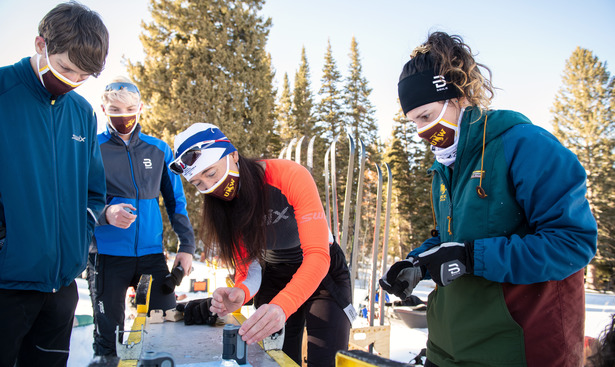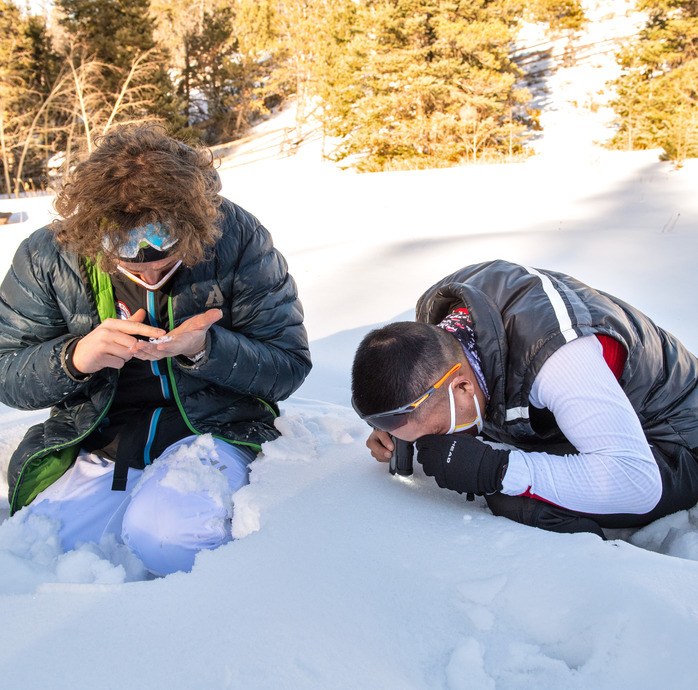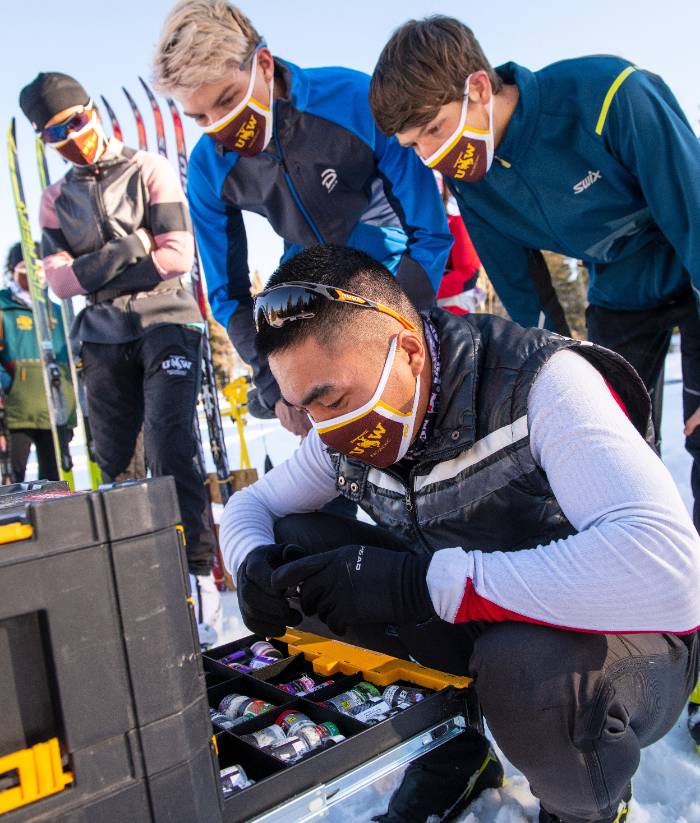Transforming Learning through Action
By Rachel Watson

I began my journey with Action Learning in the summer of 2015. I was sitting in my 6th story room of the downtown Montreal Sheraton Hotel overlooking the courtyard of the Wells Fargo Building, when I happened upon an article called Action Learning around the WORLD by Michael Marquardt (2015). I read the first sentence, “Action Learning is a powerful organizational tool that works like this: A diversified group of four to eight members solve a complex, urgent problem.” I was hooked and I quickly devoured the article and began seeking literature written by the original developer of the pedagogy, Reg Revans. Revans had begun writing about Action Learning before I was born. In 1979 he published a paper called The Nature of Action Learning in which he grapples with the need to firmly define this pedagogy when, in fact, he says that it is simply something that one must do in order to know. He goes on to explain that learning is not about taking in facts from an authority but, instead, about iterative reinterpretation of existing knowledge through social interaction that forces learners to interrogate what they have taken for granted. He states, “Action learning particularly obliges subjects to become aware of their own value systems, by demanding that the real problems tackled carry some risk of personal failure, so that subjects can truly help each other to evaluate in what they may genuinely believe.” (Revans, 1979, p. 4)
When I began reading the writings of Reg Revans, I did not realize that he had begun his post-graduate journey as a doctoral student in astrophysics at Cambridge. I absolutely did not know that in 1928, Revans had represented Britain at the Olympics in long jump! (Action Learning Associates, n.d.) Perhaps I felt these synergies of his being. I did know that Revans applied Action Learning to industrial management settings and I was desperate to apply it in a different setting, to the course that I dreamed of developing for our ski team scholar athletes. Thus, in that hotel room in downtown Montreal, I began designing a course that would allow students to work to solve the problem of the sustainability of Nordic ski racing in the face of climate change.
Along with my co-coach, co-instructor and partner, Christi Boggs, I began designing the syllabus and writing the learning outcomes. We aimed to tie our Action Learning to our travel abroad to Slovakia where our skiers would be representing the USA at the World University Games. Thus, we realized that the students would need to support their action through grant funds. The first learning outcome was thus quickly written, “Successful students will be able to write, in an iterative and collaborative process, an environmental-justice-based innovative grant proposal that is assessed and funded via an external review process.” When I now reflect on even this first learning outcome, I realized how much Action Learning was embodied in just this grant writing process for students had to interrogate their diverse understandings of the problem and iterate their plans for finding solutions. The students final proposal can be viewed on our website.
Our first learning outcome was soon joined by 11 additional outcomes including, “Successful students will collect on-site data and observations to address the objectives of the grant-funded proposal”, and “Successful students will write an active, reflective journal that integrates competition experience, contextual community engagement, and natural environment with self-introspection/intercultural development”. All of our outcomes can be seen on our website and in our publication for the proceedings of the Action Research Network of the Americas (ARNA).
To immerse the students in the problem, we selected books and readings ranging from Linda Marsa’s Fevered and excerpts from Gretchen Legler’s On the Ice, to journal articles such as Vegetation state and extreme drought as factors determining differentiation and succession of Carabidae communities in forests damaged by a windstorm in the High Tatra Mts, by Šustek and Vido (2013). Prior to our Slovakian travels, the students prepared through reading but also by preparing materials to engage in their on-site action research. Britta and Sam would calculate the Carbon footprint of the team’s travel. They prepared a journal that every teammate and coach filled out daily to track our food consumption and activities. Sindre and Will would calculate the offsets needed to defray the team’s emissions and to further analyze the possible effects of buying these offsets on our team’s demand for travel. Sierra and Ben would use Gas Chromatography-Mass Spectrometry (GC-MS) to analyze the accumulation of fluorocarbons and hydrocarbons (ski wax) in the snow on the ski trail. Together, these projects, along with others, were knit into a rich interdisciplinary synthesis that was completed and collectively presented at the end of the semester. But I would be remiss to report only this synthetic work towards solving one of the world’s greatest problems as the outcome of this action learning. In fact, the fundamental shifts in learners’ inner landscapes were equally profound. Revans writes, “For, in taking action of which one soon sees the results and for which one has clearly exposed one’s motives to close and critical colleagues, one is obliged to explore that inner self otherwise taken for granted and never questioned....”

While in Slovakia, after competing in a grueling race, collecting snow samples and completing required course reading, Ben wrote in his journal:
Rachel and Christi structured the experience around a course focusing on the social and environmental impact of the event, and assigned Fevered as required reading. Written by ex-journalist turned climate change activist Linda Marsa, fevered [sic] presented every piece of damning evidence demonstrating how we have screwed up our planet beyond fixing. Perhaps this was the root of my mood. I absolutely love the idea of integrating something that matters in a big way into this experience. Something I can make a difference in. Conversely, I hate being told it won’t do any good. Hate the idea of helplessness. Looking out through the falling snow suddenly brought me to the Hunger winter. One of the anecdotes in Fevered that most intrigued me, Marsa discusses Nazi occupied Holland during the winter of 1944-1945. Blockaded from obtaining food, the entire country suffered severe famine and the event marked those who suffered through it down to their very DNA. While a fascinating case study of how our environment impacts who we are (“Who am I”? I ponder with this added nuance) the example serves as a grim reminder of the inexorable link we share with our environment. I am angry. Angry at humanity for screwing up their home. My home. Angry at Marsa for being such an alarmist. Angry at myself for not being able to do more. Do on multiple levels: physically, academically, spiritually… Do on every level I suppose.
Perhaps no contrived example could ever be so powerful in its articulation of exploration of inner self.
Since completing the first year of this action learning course, the course has morphed in many ways but has always facilitated student action in solving the world’s greatest problems. In 2017, the students presented their work at the Action Learning Network of the Americas (ARNA) Conference in Cartagena, Colombia. We created a YouTube video to embody the experience. In the summer of 2019, the scholar athletes returned to the ARNA conference and this time it was in Montreal, Canada. We presented on our action research in a variation of the course entitled The Body as a Planet; the Planet as a Body. My journey with Action learning had come full circle for I found myself back in Montreal. Each day we walked from our vacation rental to the McGill campus. On the day that the students presented, I remember looking up to the 6th story of the Sheridan Hotel and remembering the day that I first met Action Learning.


